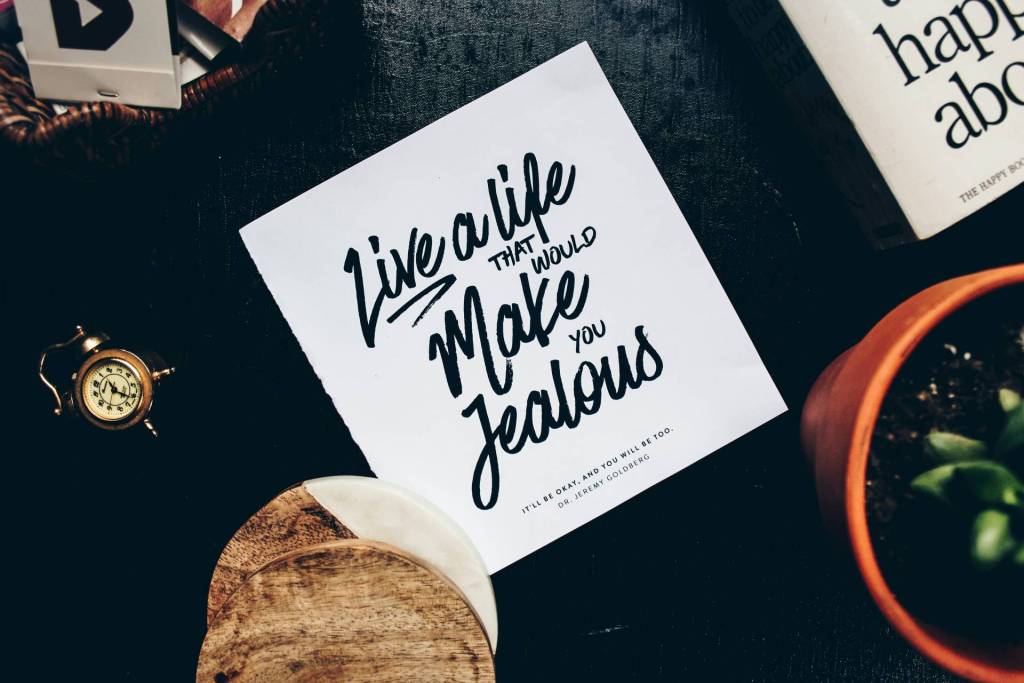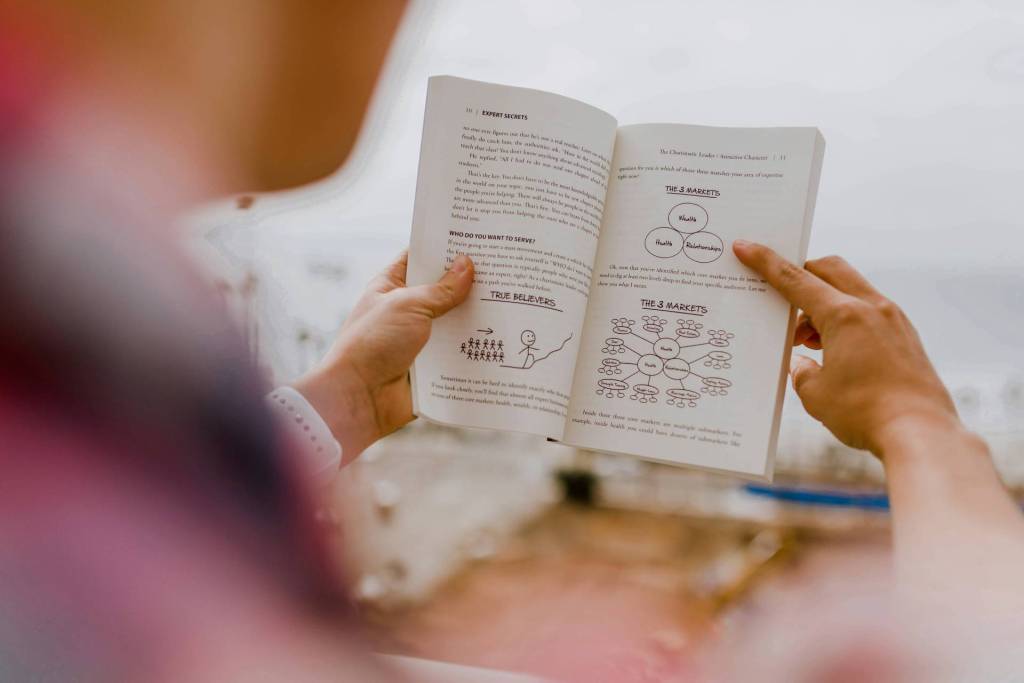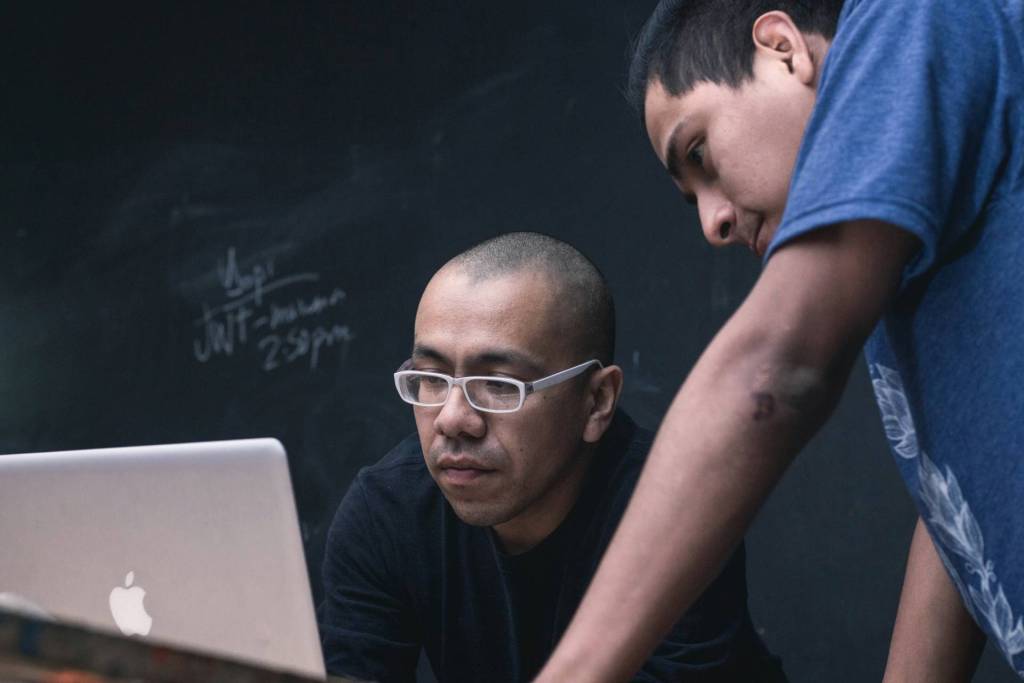It’s time to start the process of applying to grad school and you’ve been asked to submit an MBA personal statement. You recall that you had to do the same thing years ago when you applied to your undergraduate institution. So you’ve noticed, right off the bat, that most educational institutions require a personal statement of some sort.
A personal statement is an essay you write about yourself as a required part of applying to schools. It’s also a good way to share a bit about who you are.
It also lets those who review applications know whether or no you would be a great fit for their school. Sometimes, you may be given a topic that you should cover in your personal statement, but in many cases, you’ll simply have to write about yourself.
In order to create an ideal personal statement, it’s important to keep some “do’s” and “don’ts” in mind. Let’s start with what to include and then take a look at what you should avoid.
By All Means, Do:
Keep your personal statement precise and within the recommended length. If you are asked to write 400 words and you send in an application with a personal statement that is 50 words or 800, you probably won’t make a positive impression.
If the school is not giving you a prompt for the personal statement, come up with something unique about yourself. Keep in mind that other applicants will probably also have great test scores and grades. So instead of mentioning your impressive GPA, talk about an unusual hobby or a poignant life experience. Keep in mind that, ideally, these stories should relate to the program you are applying to. For example, an MBA personal statement might include an anecdote about when you launched a successful lemonade stand as a kid and donated your profits to an animal shelter.
Keep your tone professional. This is not the time to bust out slang or abbreviations similar to when you text your friends. When you’re finished, proofread what you’ve written and then ask someone you trust to do the same.
But Please, Don’t:
Exaggerate. Yes, you are a great student. You’re worthy of being accepted to this program. That said, you need to resist the urge to exaggerate. If you embellish your personal statement, it will be obvious and most likely turn off the admissions board.
Be ambiguous. Another tip is to avoid vague and impersonal statements that could apply to just about anyone. It might seem like a reasonable idea to craft a rather generic personal statement one time that you could then send to multiple institutions. Avoid this temptation. Rather, it’s best to bring your A-game to each application. Write something new and original every time.
Drive off into the weeds. In addition, avoid putting in irrelevant personal details that don’t support your desire to be in a particular program. For instance, you might have been a four-time track and field star in high school. That’s great, but if you can’t link that achievement to why you want to be in a specific school’s master’s program, leave it out.
You Got This!
The first time you write a personal statement it might understandably take a bit longer than you’d like. This is to be expected. Keep these do’s and don’ts in mind and focus on those things that make you stand out as a candidate. Triple-check for spelling errors. Once you get into a groove, each successive personal statement should become easier and maybe even more fun to write.













